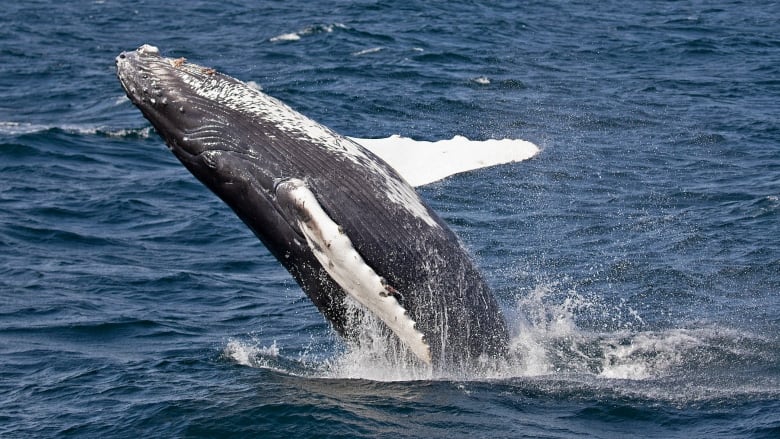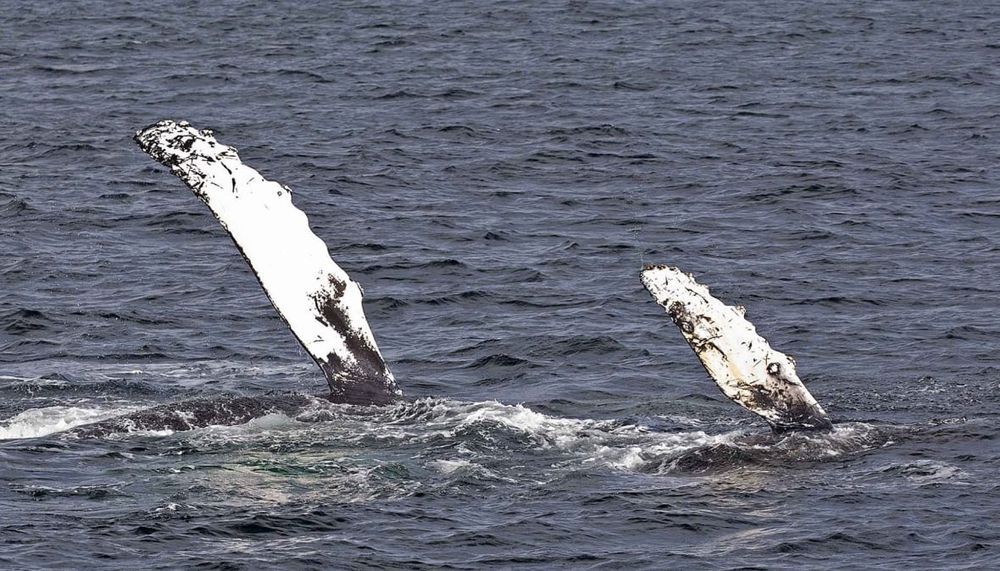
The humpback whale is one of the most successful examples of how a hunting ban can make a species recover. In the mid-1950s, there were only 450 humpback whales left in the South Atlantic. Today, that number is around 25,000.
And the success continues in other places as well. In the Salish Sea off the west coast of Canada, researchers have seen 21 newborn calves this year. That is twice as many as last year. There are now a total of 500 humpback whales in the Salish Sea, which is a big change in a relatively short time.
"25 years ago, there were no humpback whales at all in these waters, so this is a new phenomenon for us. It seems that they are making up for lost time because we see a lot of whales now, which is very exciting", says Erin Gless, head of the Pacific Whale Watch Association, in a comment to Canadian CBC.

There are still areas where humpback whales are an endangered species. But even in those areas, things are often going in the right direction. For example, the US government decided earlier this year to protect a large area of the US west coast. Fishing equipment that the whales can get caught in is thus banned.




